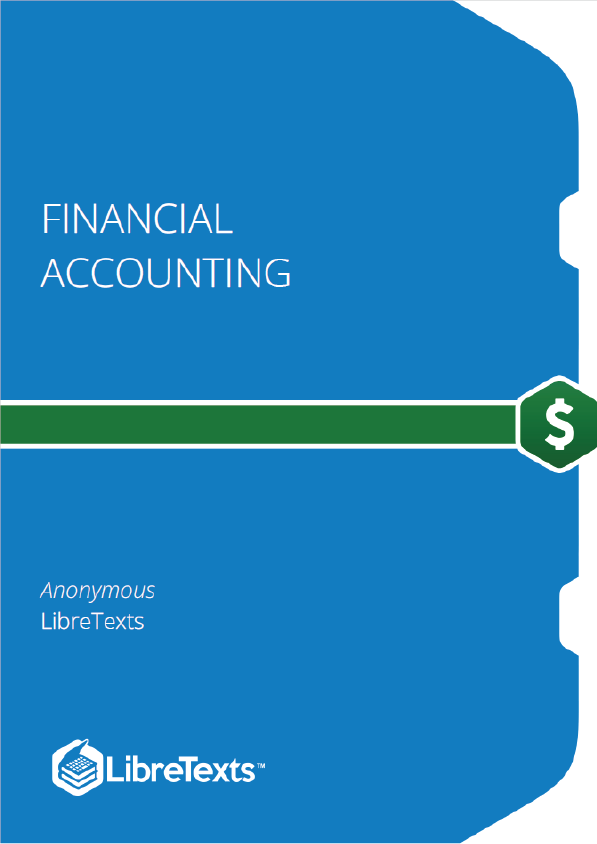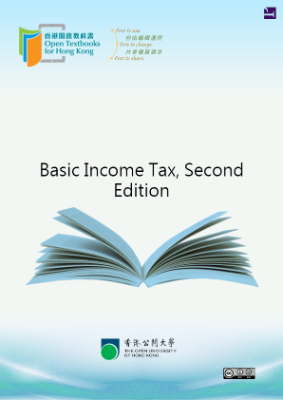Learning Objectives
At the end of this section, students should be able to meet the following objectives:
- List the predictions that investors and potential investors want to make.
- List the predictions that creditors and potential creditors want to make.
- Distinguish financial accounting information from other types of data about a business organization.
- Explain how financial accounting information is enhanced and clarified by verbal explanations.
Question: Investors are interested (sometimes almost obsessively interested) in the financial information that is produced by a company based on the rules and principles of financial accounting. They want to use this information to make wise investing decisions. What do investors actually hope to learn about a company from this financial information?
Answer: The information reported by financial accounting is similar to a giant, complex portrait painted of the organization. There are probably hundreds, if not thousands, of aspects that can be examined, analyzed, and evaluated in assessing the financial health and future prospects of the model. Theories abound as to which pieces of information are best to use when studying a business. One investor might prefer to focus on a particular portion of the data almost exclusively (such as profitability) while another may believe that entirely different information is most significant (such as the sources and uses of cash during the period).
Ultimately, in connection with the buying and selling of capital stock, all investors are trying to arrive at the same two insights. They are attempting to use the provided data to estimate (1) the price of the corporation’s stock in the future and (2) the amount of cash dividends that will be paid over time. Despite the complexity of the information, these two goals are rather simplistic. If an investor owns capital shares of a company and feels that the current accounting information signals either a rise in stock prices or strong dividend payments, holding the investment or even buying more shares is probably warranted. Conversely, if careful analysis indicates a possible drop in stock price or a reduction in dividend payments, sale of the stock is likely to be the appropriate action.
Interestingly, by the nature of the market, any exchange of ownership shares means that the buyer has studied available information and believes the future to be relatively optimistic for the business in question. In contrast, the seller has looked at similar data and arrived at a pessimistic outlook.
Exercise
Link to multiple-choice question for practice purposes: http://www.quia.com/quiz/2092616.html
Question: Are there reasons to analyze the financial accounting information produced by a particular business other than to help investors predict stock prices and cash dividend payments?
Answer: The desire to analyze a company’s financial situation is not limited to investors in the stock market. For example, as discussed previously, a loan might be requested from a bank or one company could be considering the sale of its merchandise to another on credit. Such obligations eventually require payment. Therefore, a sizeable portion of the parties that study the financial information reported by an organization is probably most interested in the likelihood that money will be available to pay its debts. Future stock prices and cash dividend distributions are much less significant speculations for a creditor.
The same financial data utilized by investors buying or selling stock will also be of benefit to current and potential creditors. However, this second group is likely to focus its attention on particular elements of the information such as the amount of the company’s debt, when that debt is scheduled to come due, and the perceived ability to generate cash to meet those demands in a timely fashion. Ultimately, creditors attempt to anticipate the organization’s cash flows to measure the risk that debt principal and interest payments might not be forthcoming when due .











